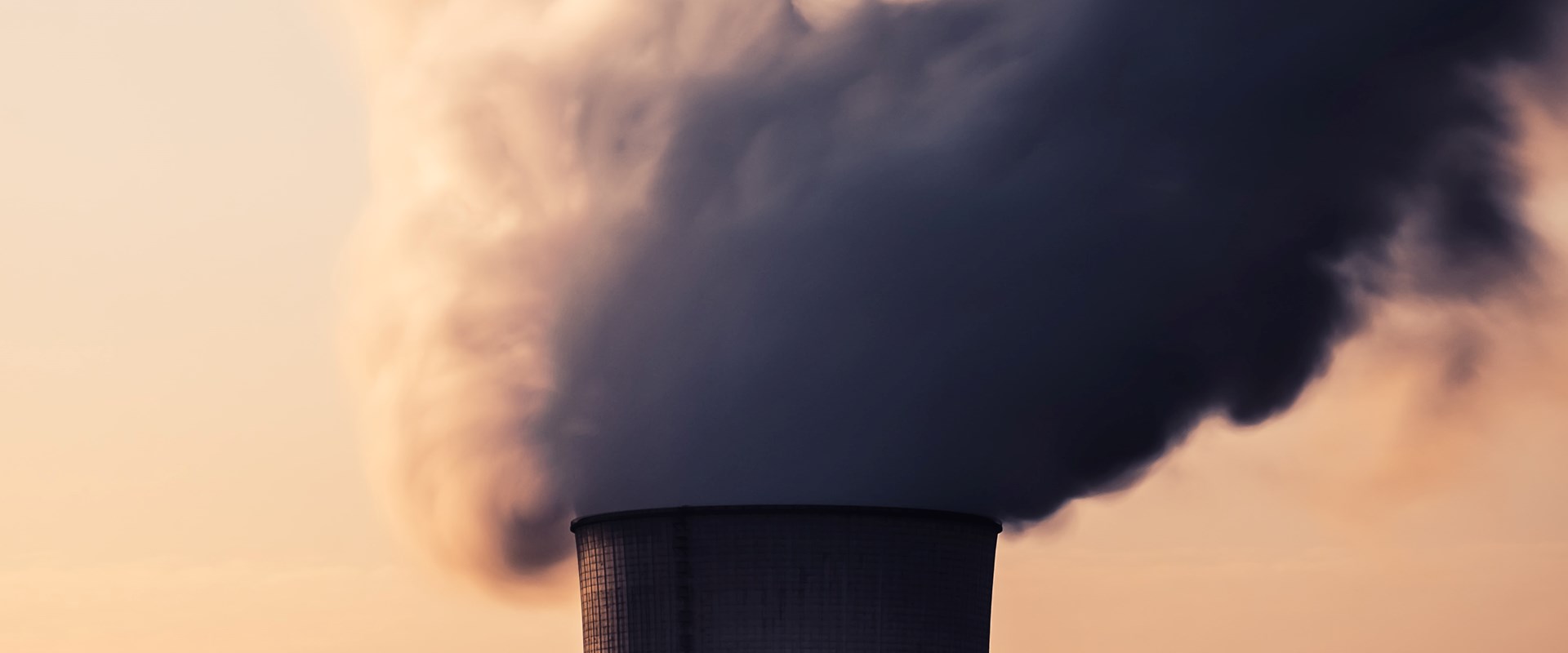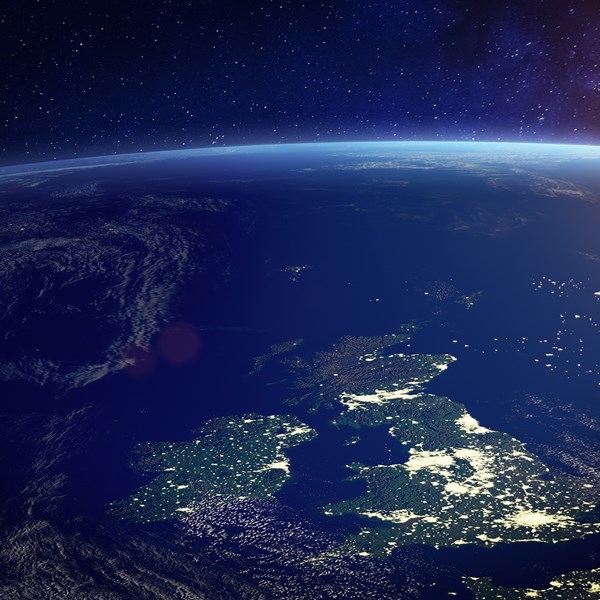According to a landmark report released recently by the Intergovernmental Panel on Climate Change (IPCC), we are at ‘Code Red’ with global warming set to reach 1.5oC even sooner than predicted.
According to the IPCC report we will reach 1.5oC sooner than previously expected, and suffer an increase in floods, heatwaves, droughts, and wild fires in the process. The report then went on to list a number of projections and conclusions regarding how climate change is damaging the planet. These included:
- Global warming is happening at a rate unmatched by anything recorded in the last 2,000 years.
- Many countries will exceed the 1.5oC and 2oC limits they have committed to unless emissions of carbon dioxide (CO2) and the other greenhouse gasses are drastically reduced.
- Although scientists initially predicted the 1.5oC rise would be reached between 2030-2052, they have now brought this forward to 2021-2040.
- Some of the changes we are seeing today - for example the rise in sea level and the rate at which ice sheets are melting - are now irreversible.
- CO2 levels in the earth’s atmosphere are higher than they have been in 3 million years.
The report also states that it is “unequivocal” that it is human activity causing the current rate of global warming.
There was a little good news. The IPCC feel the rise in global temperatures could be cut to 1.4oC by 2081-2100 if widescale measures are put in place to guarantee future greenhouse gas emissions are kept at a “very low” level.
The IPCC’s warning was echoed by UN Secretary-General António Guterres who agreed that the report is “a Code Red for humanity” before adding:
“If we combine forces now, we can avert climate catastrophe. But... there is no time for delay and no room for excuses… the major emitters must step up with much more ambitious emissions reductions targets."
The British Prime Minister Boris Johnson was also quick to comment:
“We know what must be done to limit global warming - consign coal to history and shift to clean energy sources, protect nature and provide climate finance for countries on the front line.”
However, while Britain has been one of the countries at the forefront of the battle against global warming, a position supported by the ambitious target to reach ‘net zero’ by 2050, many feel the UK still need to do much more.
The Government faces a series of tough decisions, some of which have been delayed, on how to decarbonise the economy, including the multi-billion-pound costs, and how it could leave many families with higher bills.
The UK government has recently announced plans to open a new coal mine despite international criticism. They are also pursuing the HS2 rail link which won’t reach carbon neutrality until the end of the current century, as well as an ambitious and extensive motorway programme.
That said, the UK has made good progress in cutting coal out of its power generation, is making significant investments in renewable energies, and has outlawed the sale of new petrol or diesel cars after 2030.
And as with all the major industrial countries, the UK is also heavily involved in ensuring new technologies capable of reducing emissions and impacting on global warming continue to develop.
In our work as patent attorneys, in the major technologies we are seeing a number of initiatives producing particularly high rates of innovation. These include:
CARBON CAPTURE
One of the main causes of rising average temperatures is greenhouse gas emissions. Of these, the most prevalent is carbon dioxide. A range of technologies are being developed to reduce CO2 emissions via carbon capture, utilisation, and storage.
MORE ENERGY EFFICIENT PRODUCTS FOR THE HOUSE
The more energy efficient homes are, the more they can contribute to slowing the overall rate of climate change.
While there are already a huge number of energy efficient products on the market (products that are now clearly labelled to show consumers just how energy efficient they are), we expect to see continued innovation to support the improvement of our existing household goods, likely led by the development of new greener electronic goods.
ENHANCED DATA CENTRES/CLOUD SOLUTIONS
It is no secret that the more we use computers, the more electricity we’ll need. However, data centres have been proven to be far more energy efficient than networks of personal computers.
Data centres, and cloud solutions in particular, allow users to offset a considerable amount of their potential energy use and cut emissions. This is why tech giants like Amazon, Google and Microsoft have invested heavily in launching cloud gaming platforms, although the increased reliance on a high-quality internet connection could actually increase emissions over time.
PLATFORMS TO IMPROVE REMOTE WORKING
Now we know many jobs can be done from home and the reduced travel and time in the office led to drastic cuts in the traditional emission levels associated with transport and office buildings, there is a continued focus on developing technology to support continued and more effective home working.
However, this does leave businesses with decisions to make. Heating a building for a skeleton crew is just as expensive (and causes the same level of emissions) as heating it for a full complement of staff. This means the emissions being caused by heating offices and homes could actually cause more damage, especially during the winter.
And the less expected:
CLIMATE REPAIR INITIATIVES
Although some of the ideas being vaunted by The Centre for Climate Repair at the University of Cambridge look bizarre, there may be merit in adopting some, for example ‘greening the oceans’ by encouraging the growth of plants and algae to absorb more CO2.
FEEDING COWS SEAWEED
Agriculture accounts for roughly two-thirds of all methane emissions. As this methane is mainly a result of the way cattle digests food, scientists set out to find an alternative food source that could be digested more easily. They found adding red seaweed to cattle feed reduces methane emissions from cows by up to 80%.
NOVEL FOODS
Replacing traditional foods like beef with alternatives made from, among other things, plants and insects could impact positively on the environment.
These novel foods can be farmed without placing such heavy demands on land, water, and other natural resources. Also, as a reduction in meat would lead to a reduction in cattle, it would also help reduce methane pollution.
However as these technologies and the huge amount of innovation arising from the renewable energy, battery and fuel cells sectors develop, every solution will play a part in helping us reduce the rate of global warming.
The patent attorneys in our specialist energy and cleantech team will continue to monitor developments closely and ensure those driving these vital technologies forward have the protection and commercial direction they need to ensure their inventions have the maximum impact on our future.






